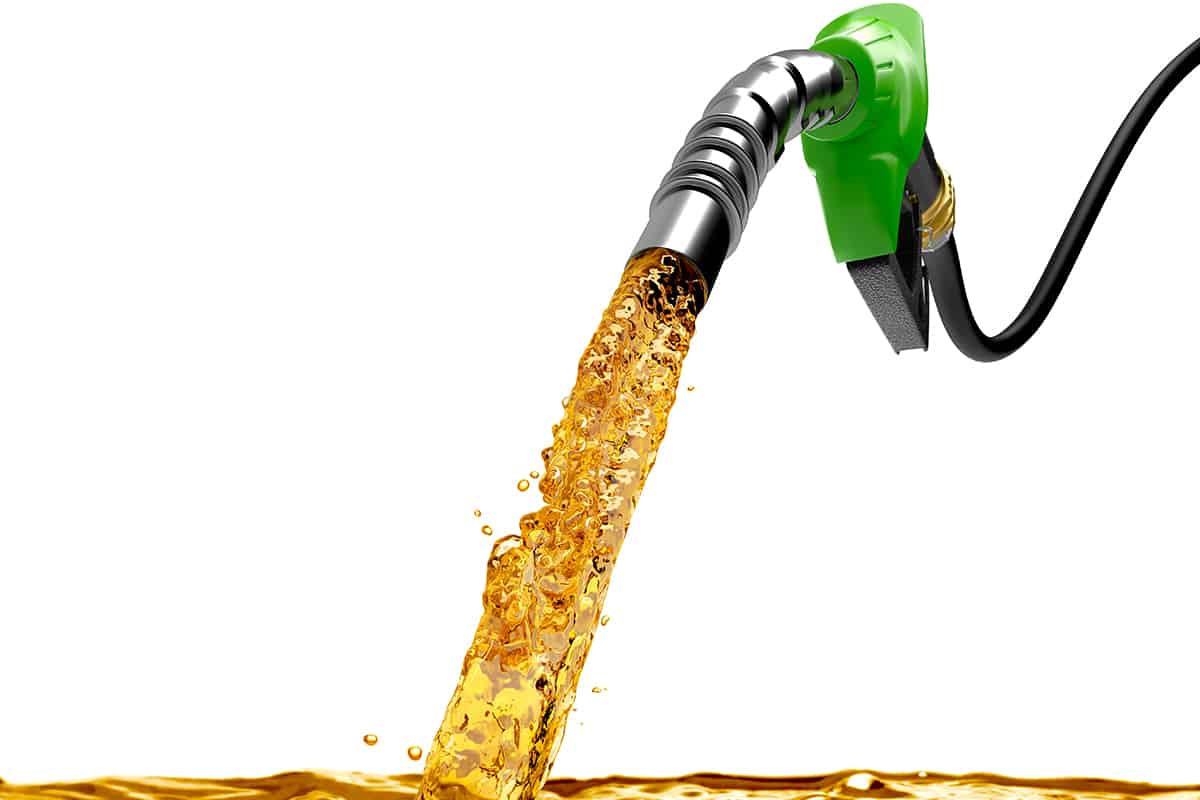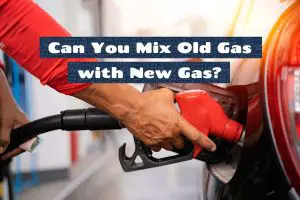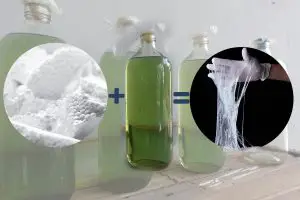Gasoline is a ubiquitous fuel that powers our daily lives, from getting us to work to fueling our weekend adventures. Despite its importance, many people are unaware of what color gasoline actually is. Is it clear like water or a vibrant hue like neon pink?
Gasoline is a colorless liquid, which means it has no inherent color of its own. The reason why people often associate gasoline with a particular color is due to the additives that are added to it. These additives are blended into the gasoline to improve its performance and efficiency, as well as to meet various regulations.
In this guide, we’ll go over the reasons gasoline has a distinct color, as well as discuss the color-coded containers for different gas types.
What Color Is Gasoline?
Gasoline types can be differentiated by the use of various dye colors. Each gasoline type has a unique color, which makes it easy to distinguish one type from another.
Regular gasoline, for instance, is often greenish or slightly bluish in color.
Midgrade gasoline, on the other hand, is typically yellowish in color.
Premium gasoline, which has a higher octane rating than regular and midgrade, is often colored pink.
These colors differentiate not only gasoline types but also aid in preventing mix-ups between different types of gasoline, which could cause engine problems or other complications. Knowing the color of the gasoline type you need is an essential part of fueling a vehicle, ensuring that you are using the correct type and that your engine is running smoothly.
Why Is Gasoline Colored?
As previously mentioned, gasoline is typically colorless or clear in appearance. However, there are various colored gasoline types available in the market, so what causes this variation?
The answer is quite simple: many petroleum manufacturers add dyes to differentiate different grades of gasoline. By adding colors to the clear liquid, they can prevent mishaps in various applications.
Additionally, the use of dyes makes it easier to test for water contamination. This is because testing for water would be challenging if all gasoline types appeared clear, as gasoline and water would look the same. Thus, adding dyes to gasoline makes water stand out when testing for water contamination in a separation cylinder.
Does Gasoline Color Matter?
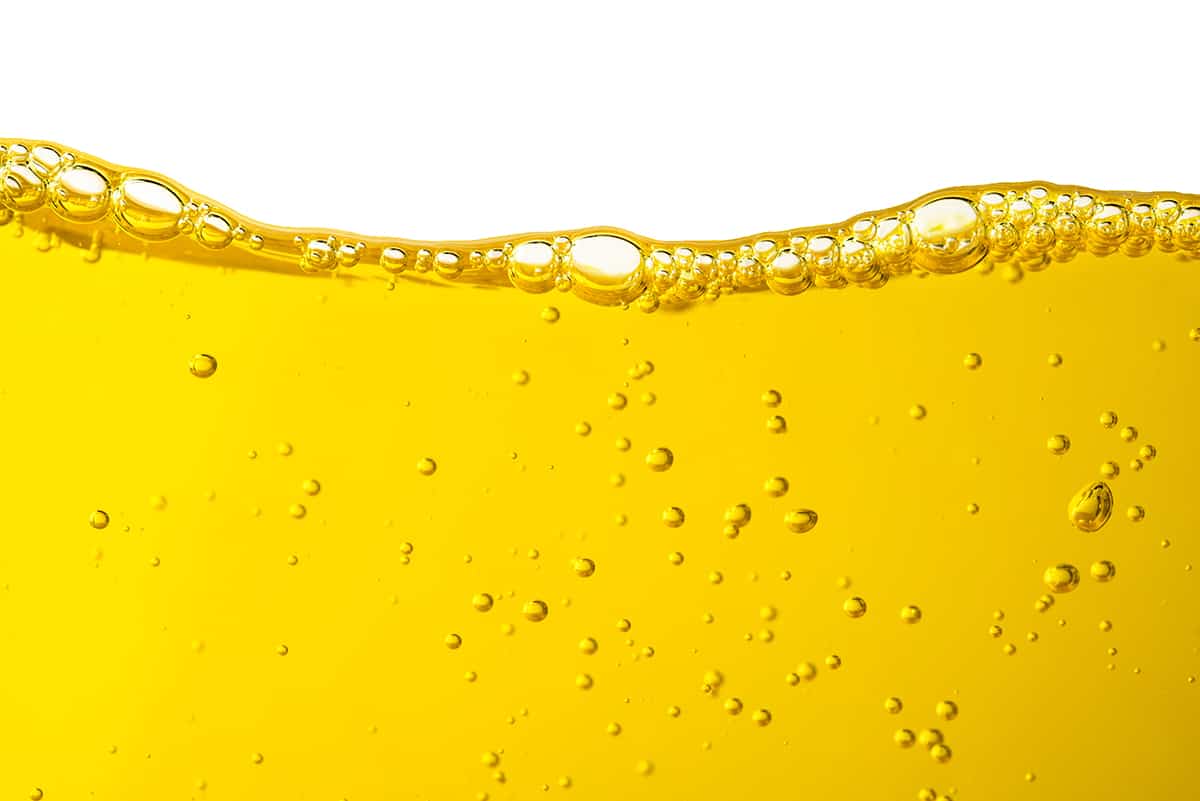
The color of gasoline itself does not matter as it is a colorless liquid. However, some additives that are blended with gasoline can give it a distinctive color.
For example, ethanol, which is commonly added to gasoline, can give it a yellowish or brownish tint. Additionally, some gasoline suppliers add dyes to differentiate gasoline from diesel fuel or to comply with specific regulations.
While the color of gasoline may not be an indicator of its quality or age, it is important to pay attention to the type of gasoline you are using to ensure that it is compatible with your vehicle’s engine. It’s also essential to follow the manufacturer’s recommendations for the octane rating of the gasoline you use.
Fuel Pump Colors
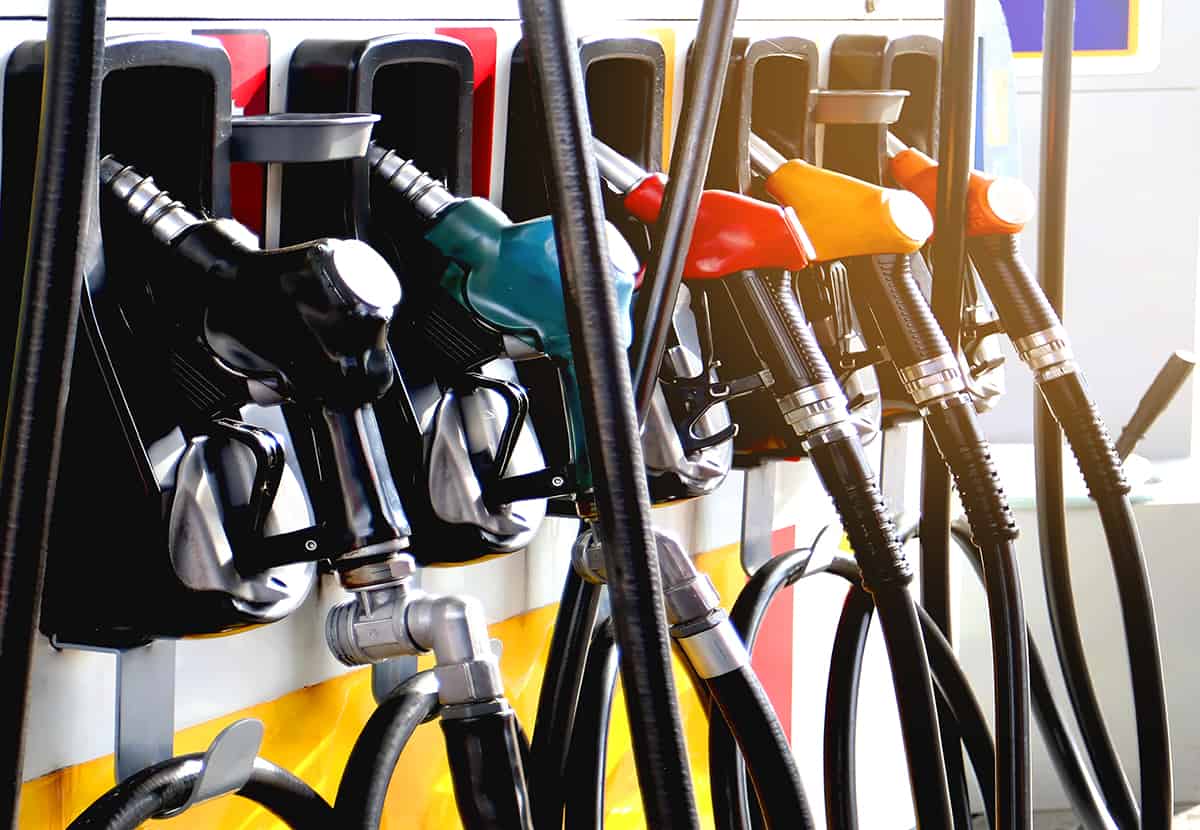
The colors of the gas pumps at different gas stations do not have a standardized meaning in the US. Gas stations are allowed to use any color for any grade or type of gasoline they choose. However, there are some common associations between colors and types of gas that can be helpful to know.
A green gas pump handle usually signifies a diesel pump, which is a thicker and easier-to-refine fuel that should only be used in diesel engines.
Yellow gas pump handles are typically associated with E85 gas pumps, which provide an alternative fuel made from corn and ethanol, and are only suitable for use in certain “Flex Fuel” engines or engines specifically designed for E85.
Black gas pump handles generally offer regular unleaded, mid-grade unleaded, and premium unleaded gasoline, while older pumps may use red, white, and blue handles to differentiate between grades, but each gas station can choose different colors for each grade.
How Long Does Gasoline Last?
The shelf life of fuel in a gas tank varies depending on the type of fuel. Regular gasoline can last from 3 to 6 months, while diesel can maintain its quality for up to a year before it starts to degrade. Conversely, Ethanol, which is organic-based, can lose its combustibility in just one to three months as a result of oxidation and evaporation.
Keeping track of the age of fuel in your gas tank can be difficult. The fuel’s life starts in a refinery, where it may be stored for an indefinite amount of time before transportation, ranging from a few days to a few weeks.
Once it reaches a gas station, the fuel can again sit for an extended period of time, depending on the station’s busyness. This means that the gas in your tank could be over a month old when it’s pumped.
Can Old Gasoline Damage Your Car?
Knowing the lifespan of gasoline, you may wonder about the effects of using old gas in your car. Fortunately, gasoline that is a few days or weeks old due to transportation time will not harm your car’s engine, even if it is between six months and a year old. However, using old gasoline can lead to a decrease in your car’s overall performance, such as reduced gas mileage.
Using gas that is over a year old can cause issues like engine knocking, sputtering, and clogged injectors. While it’s rare to purchase such old gasoline from a gas station, using old gas that’s been sitting in your garage can be detrimental to your vehicle’s engine.
In such cases, it’s recommended to properly dispose of the old gas instead of using it in your car. So, while it may be tempting to use old gasoline to save money, it’s important to prioritize the health and performance of your car’s engine.
How to Drain Gas from a Car
If you suspect your gasoline is older than 3 to 6 months, you should drain it from the gas tank before starting your car.
- Park your car in a well-ventilated area away from flames, sparks, or heat sources.
- Locate the gas tank and the fuel line (consult the owner’s manual).
- Disconnect the fuel line from the engine.
- Place a container underneath the fuel line to catch the gas as it drains out.
- Open the gas tank and remove the gas cap to allow air to flow into the tank.
- Use a hand pump or siphon to extract the gas from the tank.
- Once all the gas has been drained from the tank, reconnect the fuel line to the engine and tighten the clamps.
- Dispose of the gas properly by taking it to a hazardous waste disposal site or a gas station that accepts used gas.
- Reinstall the gas cap and test the car to ensure it runs properly.
